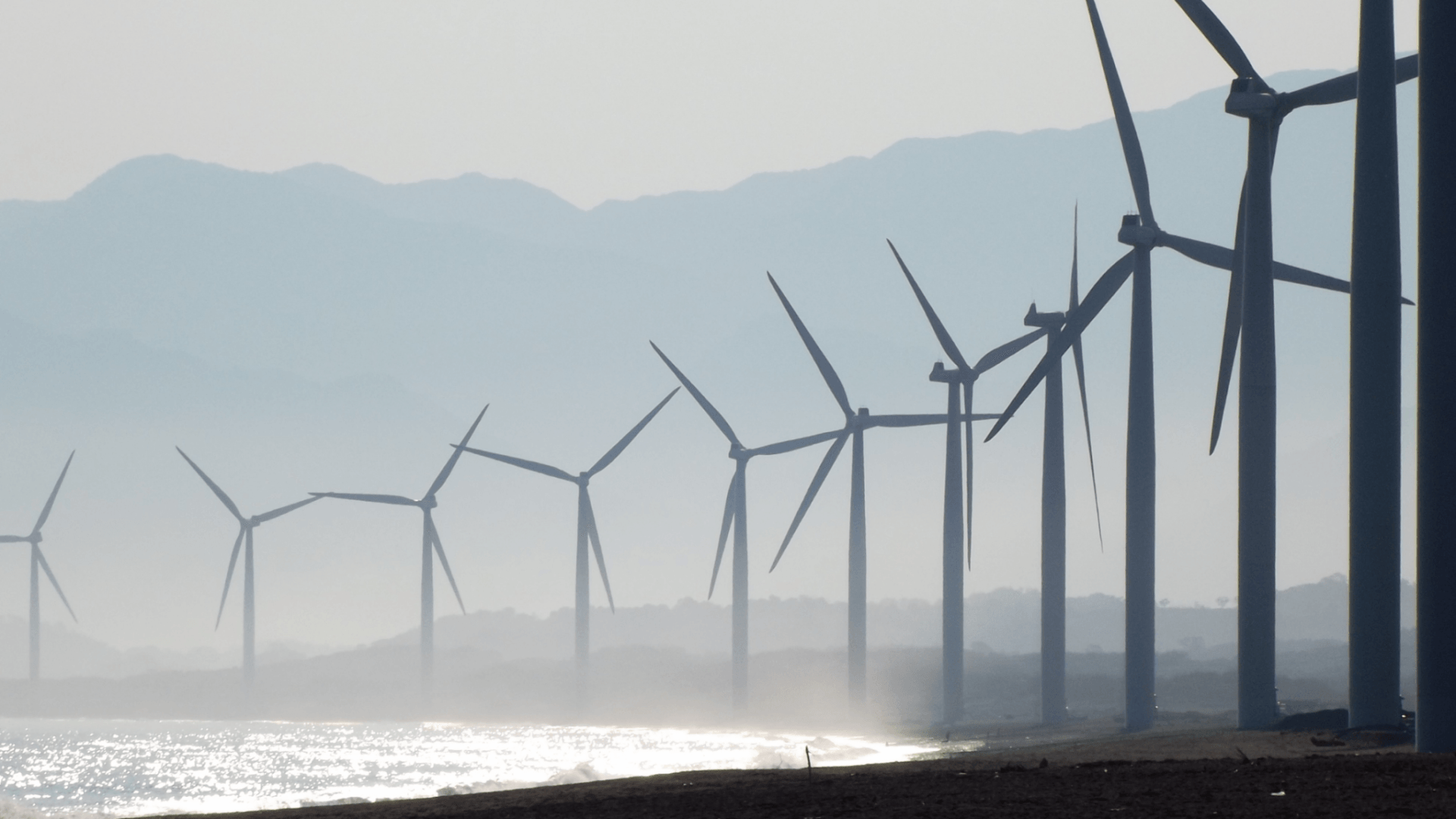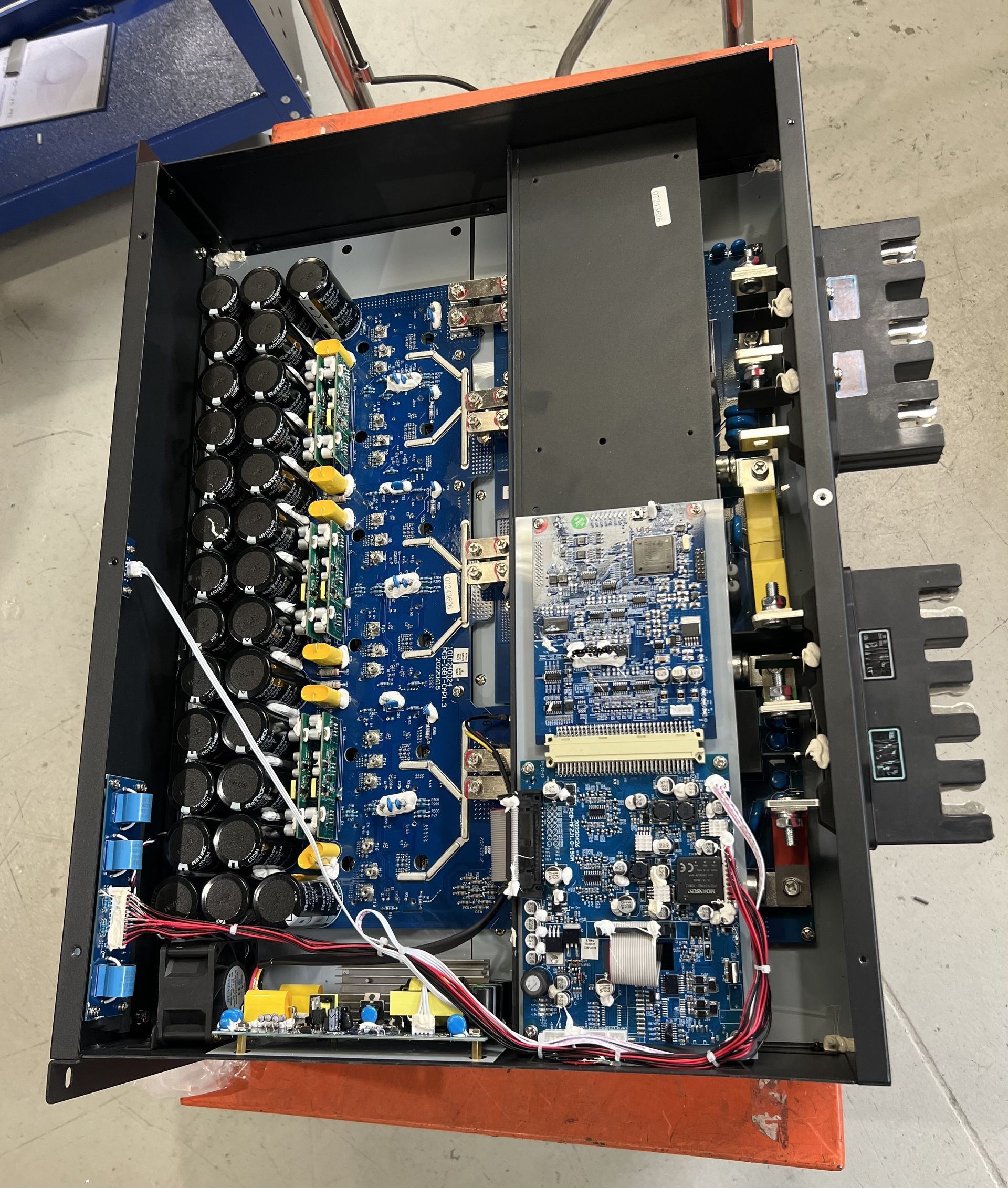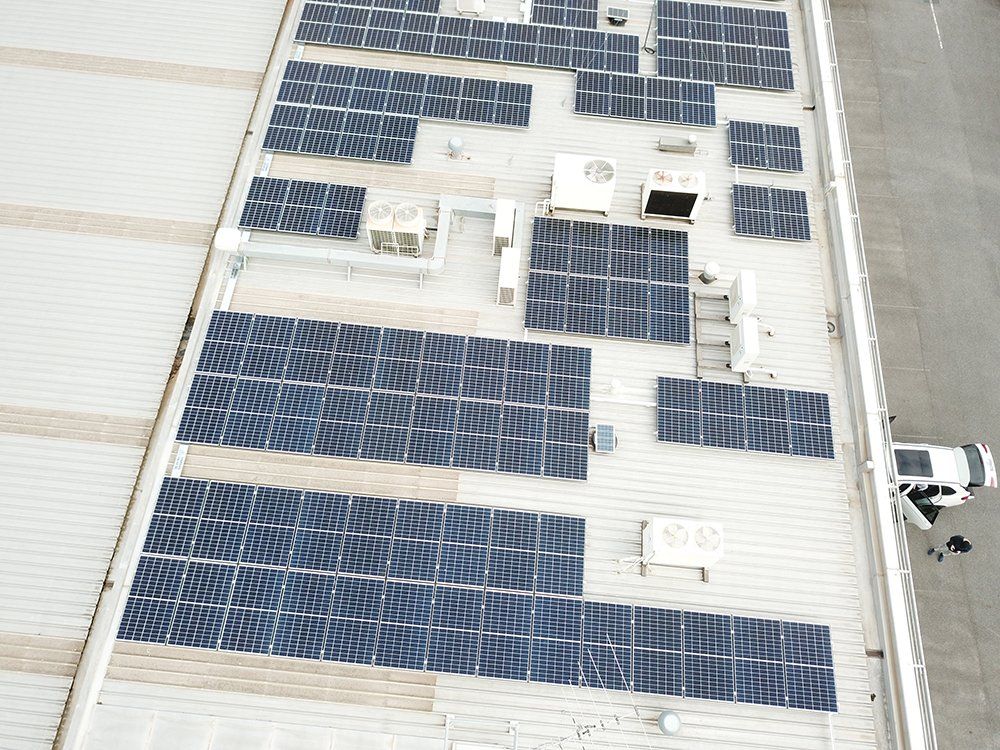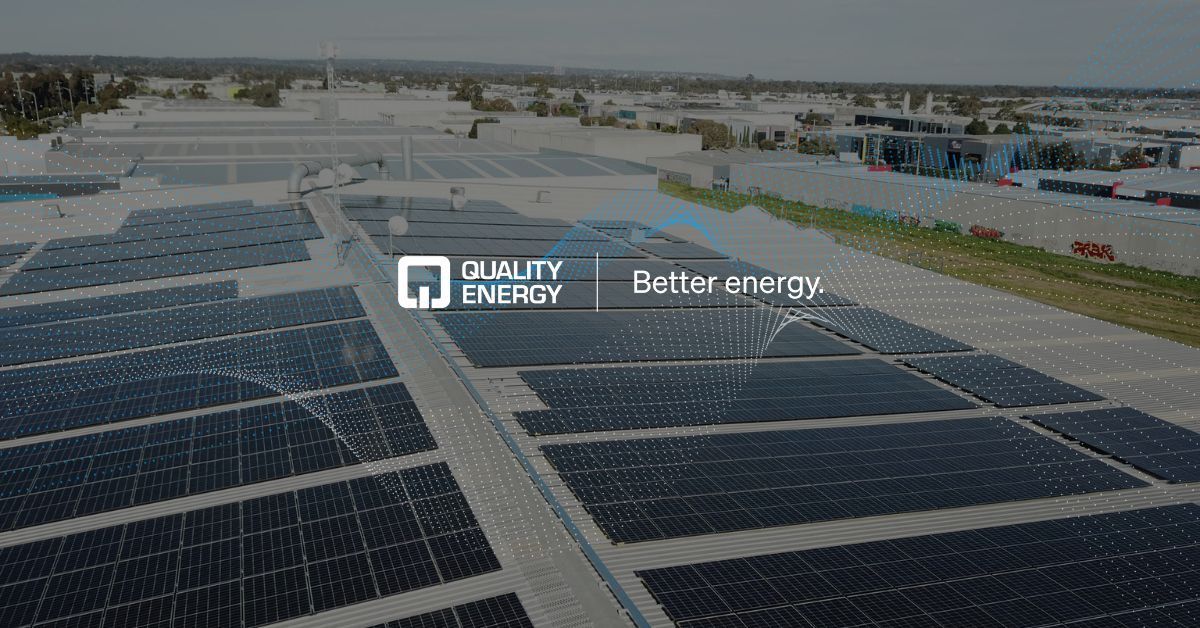Building the Case for EV Charging Stations at Australian Service Stations
On This Page:
- Introduction
- The EV Market Is Experiencing Rapid Growth in Australia
- The Charging Infrastructure Gap
- The Changing Role of Service Stations to EV Charging Destinations
- From Goulburn to the UK: EV Charging Success Stories That Prove the ROI
- Quality Energy’s Australian Success Stories
- EV Charger Investment Guide: Costs, Returns, and Payback Periods
- Double Your Dwell Time, Increase Your Revenue: The EV Charging Advantage
- Your EV Charger Roadmap: 6 Steps From Planning to Profit
- Common Concerns (And How We Handle Them)
- Could EV Chargers Be Your Secret Weapon Against Declining Fuel Sales?
Australia’s electric vehicle (EV) market is growing rapidly, creating a significant opportunity for service stations to adapt and thrive. As EV adoption accelerates, driven by consumer preference, environmental initiatives, and supportive government policies, petrol stations stand at a critical juncture. By installing electric vehicle chargers, service station owners and tenants can future-proof their businesses, attract new customer segments, and unlock additional revenue streams.
This post explores Australia's EV landscape, highlights successful global and local case studies, including projects delivered by Quality Energy, and outlines clear pathways for profitable implementation.
The EV Market Is Experiencing Rapid Growth in Australia
Electric vehicles have experienced impressive growth in Australia, increasing from a modest market share to around 3.4% of new car sales by early 2024, up 65% since 2021. This growth trajectory is poised to continue.
Australian state governments are aiming for EVs to comprise at least 50% of new vehicle sales by 2030, while states like ACT and South Australia have set even higher targets of 80 to 100% EV sales. [Electric Vehicle Council, State of EV Report 2024]
Supporting factors include:
- Government incentives: Tax benefits, rebates, and funding programs encourage EV ownership.
- Corporate fleet electrification: Many businesses are committed to converting their fleets to EVs, increasing demand for charging infrastructure.
The Charging Infrastructure Gap
Despite rising EV adoption, Australia's public charging infrastructure is lagging. As of 2024, there are only 1059 fast and ultra-fast public chargers nationwide [Electric Vehicle Council], with New South Wales and Victoria leading the way.
Major highways and regional corridors remain significantly underserved, providing an immediate business opportunity for strategically located service stations.
Australian motorists increasingly expect EV charging convenience, similar to refuelling their petrol vehicles. A
2023 CBRE study indicates 78% of Australian shopping centres already provide EV chargers, significantly shaping customer expectations for convenience-driven infrastructure.
Service stations are ideally positioned to meet this demand, converting transient visitors into loyal customers.
The Changing Role of Service Stations to EV Charging Destinations
Traditional petrol stations are uniquely positioned to become charging destinations, providing convenience for drivers on-the-go. Internationally, successful models such as Gridserve in the UK have demonstrated significant returns through dedicated EV forecourts combining rapid charging with retail and hospitality.
Australian service stations can similarly adapt by providing fast, reliable charging alongside existing offerings, ensuring their relevance and profitability into the future.
From Goulburn to the UK: EV Charging Success Stories That Prove the ROI
Globally, service stations installing EV chargers have experienced robust returns. For example, Gridserve in the UK has created dedicated EV forecourts with retail amenities, turning EV charging into a profitable business segment.
Substantial supplementary revenue streams beyond charging fees include cafes, garden centres, Wi-Fi lounge areas, and even meeting rooms. Within a year of operation, Gridserve serviced over two million EV miles, demonstrating profitability through customer-centric design and retail integration.
This sets an exemplary model for Australian service stations aiming to become EV hubs.
Globally, businesses integrating EV chargers report compelling returns.
Sino Energy notes an average ROI between 15% to 35%, with a payback period of 2 to 5 years depending on charger type and site selection.
Ampcontrol also reports that property values and commercial investor attraction increases at locations equipped with EV chargers.
Quality Energy’s Australian Success Stories
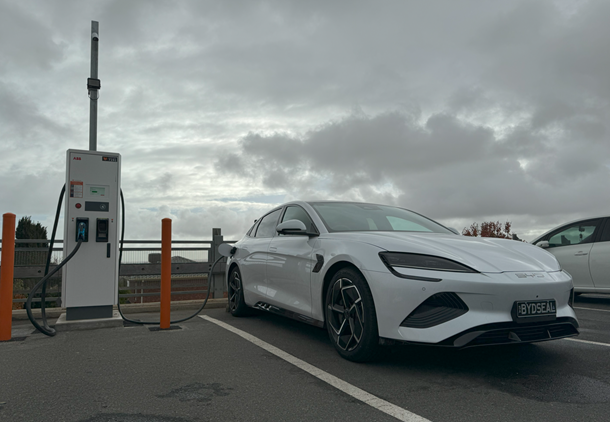
- Integrated solar (99.9 kW) and EV charger project delivered by Quality Energy.
- Achieved a payback period of approximately 5.8 years.
- Projected lifetime savings exceed AUD $491,000 and reduce CO₂ emissions by approximately 145 tonnes annually.
- Installed ABB Terra124 fast chargers in retail settings.
- Attracted new customers, enhanced dwell time, and increased ancillary sales revenue.
Newport Power Station, Victoria
- Installed Schneider 22kW dual AC chargers for employee use.
- Demonstrated significant planning efficiencies and provided a scalable template for future expansions.
EV Charger Investment Guide: Costs, Returns, and Payback Periods
A typical investment scenario includes:
| Component | Approximate Cost (AUD) | Revenue/Benefits |
|---|---|---|
| DC Fast Charger (50kW) | $70,000 to $100,000 | $0.60 to $1.00kWh charging rates, daily revenue potential of $40 to $300 based on charging fees |
| Rooftop Solar Installation | $150,000 to $300,000 | Significant energy cost and carbon emission reductions, increasing profit margins |
| Government Subsidies | Grants stream opening late 2025 | The DRIVEN program will offer $20 million in grants for public EV chargers, with applications opening in late 2025. |
| Projected ROI | 15 to 35% net profit margin | Achievable within 2 to 6 years, based on location and usage patterns |
Double Your Dwell Time, Increase Your Revenue: The EV Charging Advantage
Installing EV chargers offers broader strategic advantages:
- Enhanced Customer Loyalty: EV drivers typically have longer dwell times, increasing retail, food, and beverage sales opportunities.
- Competitive Differentiation: Establishing your station as a forward-thinking brand aligns with growing consumer eco-awareness.
- Future-Proofing Your Business: Proactively adapting to evolving vehicle markets ensures continued relevance and profitability.
Your EV Charger Roadmap: 6 Steps From Planning to Profit
Quality Energy recommends the following implementation strategy for Australian service station operators:
- Initial Site Assessment: Evaluate grid capacity, available space, and regulatory considerations.
- Selecting Charger Technology:
- DC fast chargers for high-traffic transit locations.
- AC chargers for convenience and retail environments.
- Integrating Renewable Energy: Rooftop solar and battery energy storage to mitigate electricity costs and boost sustainability.
- Securing Subsidies: Apply for funding through ARENA who previously launched the round 1 of the Future Fuels Fund in 2021. Future rounds may still be offered. State Government grants may also be available, with round 4 of the NSW Fast Charging Grant expected to open late 2025.
- Smart Charging Solutions: Leverage intelligent software to manage peak demand, tariffs, and customer queues effectively.
- Marketing and Visibility: Promote your chargers on popular EV navigation apps and develop loyalty programs for repeat visitors.
Common Concerns (And How We Handle Them)
- Grid Infrastructure Constraints: Mitigated by solar and battery integration to balance loads.
- Capital Investment: Offset through available government funding and attractive leasing options.
- Adoption Risk: Phased rollout and modular designs ensure scalability and reduce initial financial exposure.
Could EV Chargers Be Your Secret Weapon Against Declining Fuel Sales?
Australian service stations stand at an exciting crossroads, poised to benefit significantly from the accelerating shift to electric vehicles. Installing EV chargers is no longer merely optional, it’s strategic.
By leveraging existing success stories and the proven expertise of
Quality Energy, you can confidently invest in EV charging infrastructure that drives both customer loyalty and financial performance.
Quality Energy can guide you through the entire process, from initial feasibility assessments and securing subsidies, to seamless implementation. Position your business ahead of the curve. Let’s make your site a hub for Australia’s EV future.
Related news
